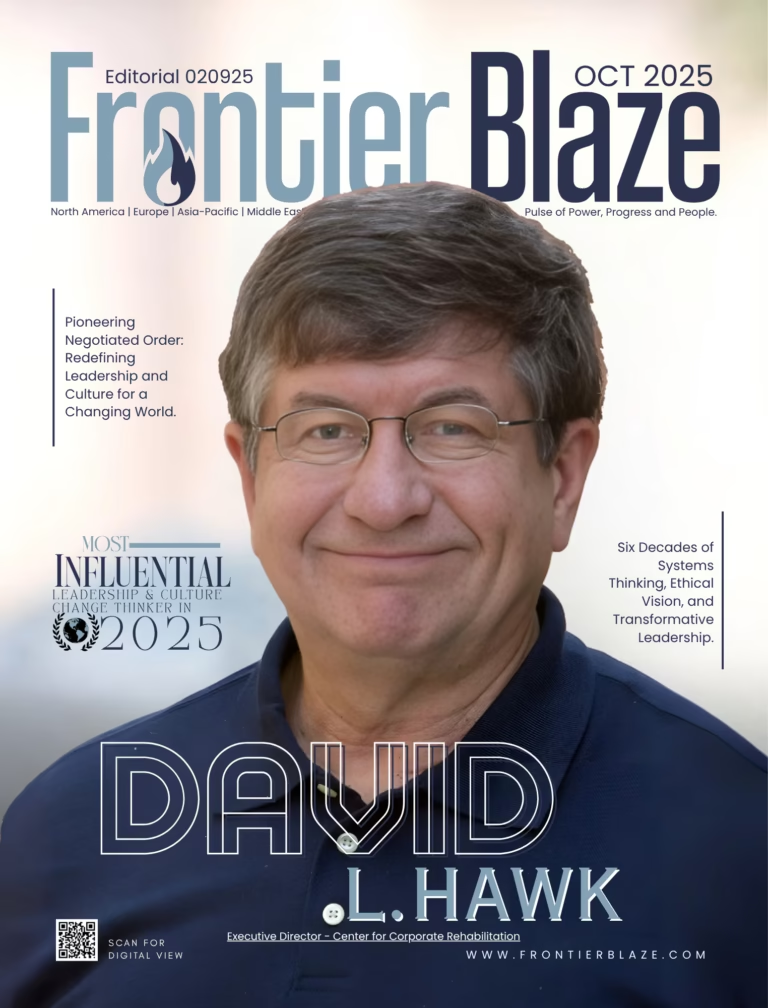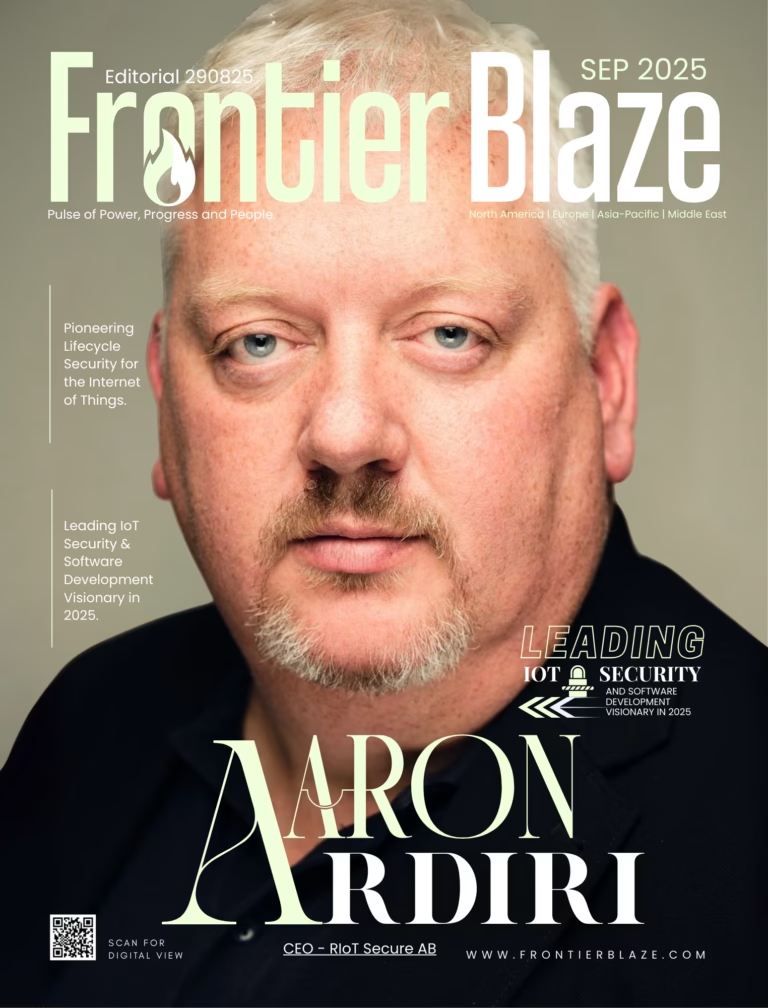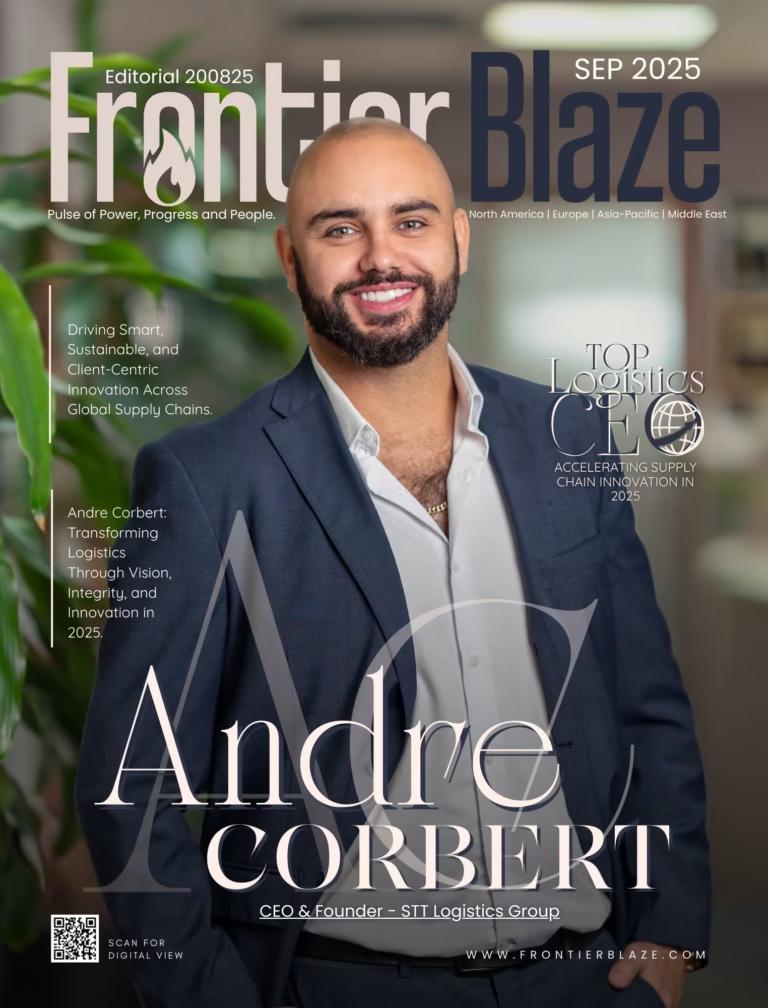Dr. Marsha Lipton
CEO
Numeraire Future Trends
Top 5 AI & Data Strategists Powering Responsible Digital Change
What do physical chemistry and art have in common? I wish I had a clever answer, though I’ve lived both. Actually, wait. Rewind. Before art and chemistry could face off in my life, there was a whole era in between. A loud, fast, glittering era called derivative trading.
Let’s start from the beginning. After earning a PhD in physical chemistry from a renowned research group, one that counts two recent Nobel Laureates among its members. At the same time, came an MBA from the University of Chicago Booth, which propelled me not into a lab, but onto a trading floor. First in London, then Wall Street.
Back then, women in Sales & Trading were typically on the sales side. On the trading desks? Hardly any of us. But I held firm to my quantitative and technical roots, always drawn to technology and modeling financial processes, where algorithms whispered louder than people. Trading was a dance of probabilities, a symphony of stress, and I loved it. I left at the top, a Managing Director at JPMorgan, closing the door gently behind me.
I was lucky. I exited the world of trading derivatives and spreads, a wave of transformative technologies was rising, technologies that sparked my imagination. From formal algebraic and cryptographic structures to cryptocurrencies, from digital records to blockchain, from big data to artificial intelligence.
Suddenly, everything I knew about systems and uncertainty, about precision and beauty, found its way into something bigger. Something that could hold identity, trace truth, and, maybe, help us protect what matters. And that’s where art entered the story.
To be honest, art entered our lives much earlier, though I never considered myself a serious collector, not on any grand scale. That said, my husband is a well-known collector of military optics, and he was the first to notice something unsettling, some obvious fakes were being sold with near-perfect documentation. Which begs the question, what’s the value of a certificate of authenticity, when in an era of ultra-precise digital printing, anything printed can be perfectly forged?
Sure, I bought my pieces directly from the dealer of a living artist. I know the source, I trust the path. But what happens 10 or 20 years from now, when it’s my daughter who has to prove the authenticity of these works? Of course, as one European collector reminded me recently, “You never buy art as an investment.” And he’s right, you don’t. Or at least, not only as an investment.
But still, the question lingers: Is there a way to secure the identity of a unique piece, so that it might live on with both emotional meaning and economic integrity? One never knows what the future holds.
A Birkin bag just sold at Sotheby’s for $10 million. Now try proving it’s the same bag ten or fifteen years from now — good luck with that. And do you know how many bags are floating around that supposedly belonged to Princess Diana? More than you’d think.
These questions aren’t just for the art world; they apply to any unique object of cultural or patrimonial value. How do we future-proof them? How do we protect their identity across time, ownership, and shifting markets?
That’s where the idea for Numeraire Future Trends was born. In Abu Dhabi, of all places. Why Numeraire? Because it means standard, the reference point, the thing you measure everything else against. Why Abu Dhabi? Because that’s where I live now. And because sometimes, the most forward-looking ideas emerge from the most unexpected places.
There’s another driving force behind Numeraire, and it reaches beyond the realms of ownership and markets into the very heart of what it means to create.
We’ve just stepped into a world increasingly shaped by Artificial Intelligence, a world where the line between reality and fiction is being artfully and often deliberately blurred. That blur isn’t a byproduct of innovation. It’s a narrative, pushed forward by those who repurpose instead of create.
Take the rise of digital twins, pixel-perfect replicas that can mirror the appearance and behavior of physical objects. They are incredibly useful tools, particularly in industrial applications, where simulation, monitoring, and performance testing are essential. Even in the art world, digital twins have value when they serve as a kind of digital analog to prints, faithful representations made to broaden access, educate, or archive. But let’s be clear: digital twins are not substitutes. They are supporting structures, not replacements. They assist, they extend, but they do not originate.
As a scientist by training, I understand the difference between interpolation and extrapolation. AI is masterful at interpolation, it fills in the gaps between known data points, weaving together fragments of what already exists. Most AI-generated outputs, especially in creative domains, are built by training on vast pre-existing and often stolen content. But AI can’t extrapolate. It can’t leap beyond the dataset to create something truly original. That leap, the act of bringing something into the world that has never existed before, is the realm of the creator. Creators invent. Forgers copy.
A forger may blur the line between imitation and authenticity, but they can’t cross the threshold into true innovation. Only the original mind, the artist, the craftsperson, the watchmaker, can do that. And that originality deserves to be seen, protected, and fairly rewarded. We often talk about copies as harmless, even flattering. But to the creator, a copy can feel like a betrayal. Because what they’ve made didn’t come from a dataset or a script; it came from within. To imitate it without acknowledgment is to steal something deeply personal.
That’s the reason Numeraire was created: to make sure that, in a world where replicas grow more convincing by the day, we can still trace the origin, protect the integrity of the real, and ensure that the spark of human creation is never lost in a sea of simulations.
How do we do it? We don’t chase ultra-detailed replicas that promise access, permanence, even ownership. Instead, we create immutable, verifiable identities for truly valuable objects, such as paintings, sculptures, photographs, artifacts, one-of-a-kind memorabilia, crafts, watches, and luxury items. Because just as holding a passport doesn’t mean you’ve been replaced by your digital twin, the identity of a cultural object can’t be reduced to a scan or a simulation.
The key lies in two words: immutable and verifiable. Immutability is made possible through blockchain technology, which ensures that records cannot be altered retroactively. But digital records alone do not, and cannot, prove the identity of a physical object. A blockchain without a physical anchor is simply metadata adrift.
To enable object-level verification, Numeraire uses advanced image processing techniques to perform multi-stage documentation of an object’s unique physical characteristics, what we call its “Object AI Fingerprint.” This approach is designed for a wide range of objects but works especially well for artworks and cultural artifacts, whose surfaces carry the nuanced traces of craftsmanship, history, and human touch.
Naturally, every collector today must think about future-proofing their collection. Not merely monetizing it later, and not even solely passing it on to heirs or museums. But as a stewardship obligation, a quiet duty to the art world. A promise to the artists they support, not just with their wallets, but by carrying their legacy across time.
And finally, a glimpse into the high-tech frontier of our work. You’ve probably heard about tokenizing or even fractionalizing art. But have you ever stopped to ask: What guarantees the integrity of the underlying collateral? How can a fractional owner be sure the artwork hasn’t been swapped, tampered with, or subtly replaced? That’s precisely where Numeraire’s technology steps in, not as a bonus, but as a foundational layer. Any platform selling art online or enabling its tokenization or fractional ownership needs more than sleek interfaces. It needs a truth anchor.
And that’s what Numeraire provides. It’s not about creating digital shadows. It’s about protecting the authentic presence of the original, now and for the future.





